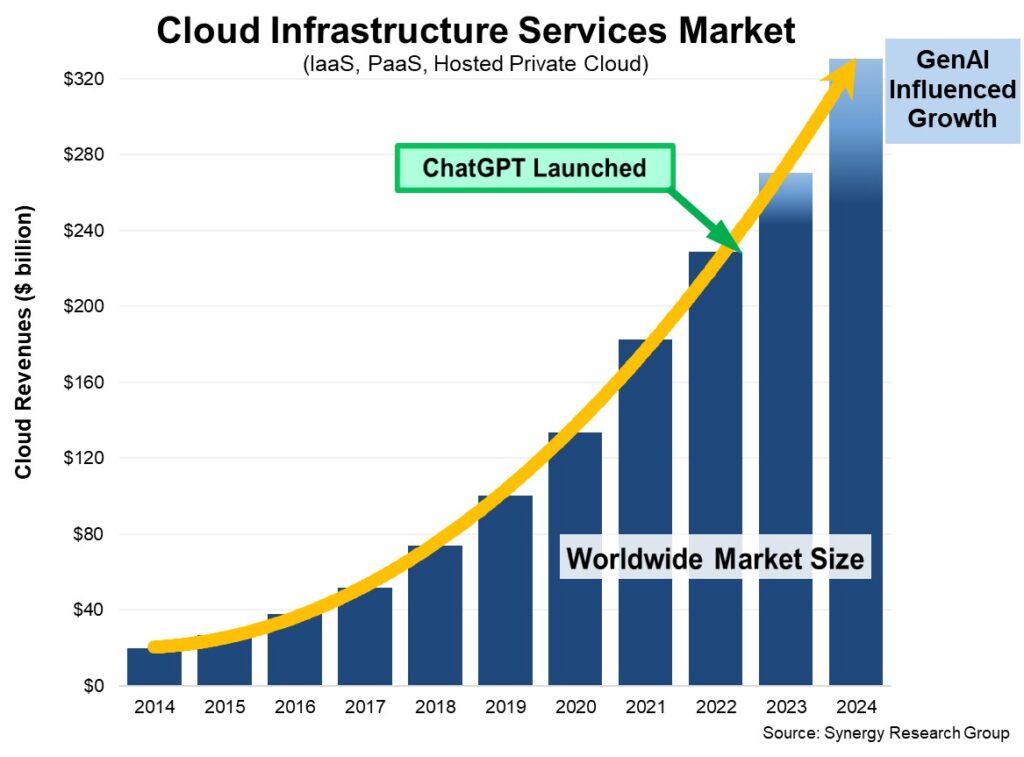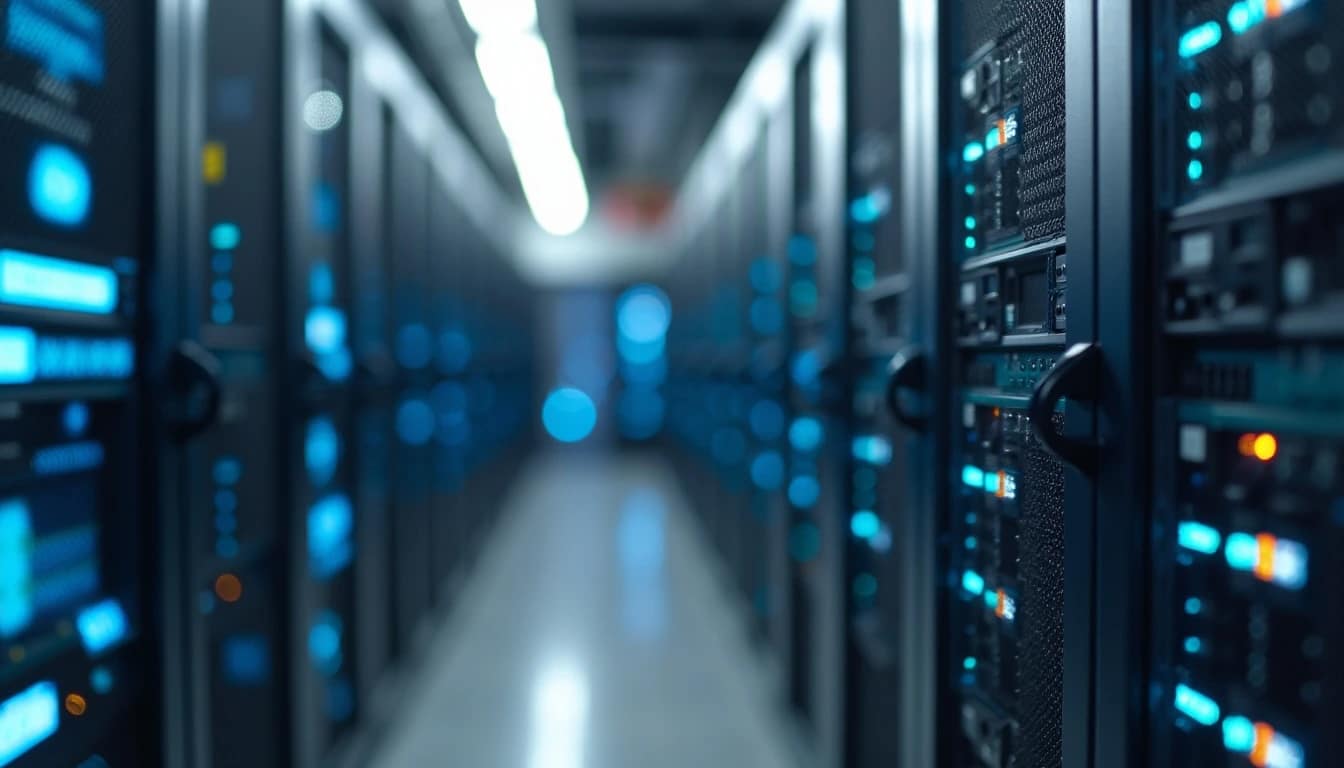Sure! Here’s the translation into American English:
—
The rise of artificial intelligence has driven demand for digital infrastructure, but some recent moves in the market could mark a turning point.
In recent years, the data center sector has experienced a genuine explosion. The unprecedented growth in the use of cloud services and the acceleration of technologies like generative artificial intelligence (AI) have prompted a wave of construction, acquisitions, and deployments worldwide. However, recent decisions by Microsoft and other signs in the market have led many experts to wonder if the data center bubble is starting to show cracks.
In his article “Is the Data Center Bubble Popping?,” published on LinkedIn, Eduardo Taboada Gómez, a seasoned professional in the sector, presents a reflection based on recent events and compelling statistics. According to a report by Synergy Research Group, global spending on cloud reached $330 billion in 2024, with half of that growth driven directly by generative AI【Source: SRG】.

This boom is compounded by a construction frenzy: large-scale projects, strategic acquisitions—like those recently seen in Spain—and a race to secure real estate, power, and connectivity have characterized the market. However, signs of cooling are beginning to emerge.
Microsoft Cuts Its Plans
In March 2025, several specialized media outlets, such as Bloomberg, DataCenterDynamics, and Engadget, as well as Revista Cloud, reported that Microsoft is revising its data center expansion plans, canceling contracts for capacity leasing—worth up to 200 MW—that were meant to support AI demand.
What is specifically being cut are the Power Purchase Agreements (PPAs), that is, long-term electricity supply contracts. In a context where AI increasingly requires power—especially with the massive deployment of high-consumption GPUs—the fact that one of the global leaders is adjusting its strategy raises concerns.
Is this merely a tactical adjustment, or the beginning of a deeper change in the model?
Greater Technological Efficiency or Overcapacity?
Taboada suggests that we cannot rule out the possibility that this moderation in new infrastructure deployment is responding to an imminent technological leap: more powerful and energy-efficient systems capable of performing the same (or more) with fewer resources. “What used to require racks with 4-core servers and 16 GB of RAM can now be done with machines that integrate thousands of cores and several terabytes, in less space and with more optimized consumption,” he notes.
The recent history of the sector shows that virtualization and consolidation have radically transformed the consumption and efficiency of data centers. A new leap in evolution—such as the mass arrival of chips specifically designed for AI or the use of more efficient architectures—could reduce the need for physical capacity expansion at the same rate as before.
The Energy and Regulatory Context Also Pressures
Beyond technological advancements, we must also consider the growing regulatory, environmental, and energy challenges. The availability of energy is a bottleneck in key regions such as Madrid, Dublin, or Amsterdam. Data centers are no longer only evaluated by their performance but also by their sustainability, efficiency, and compliance with increasingly strict climate policies.
All of this forces major players to rethink their investment strategies, prioritizing efficiency over unrestrained expansion. Additionally, many organizations are opting for hybrid models or edge computing, which can also influence the distribution of demand.
Change of Cycle or Simple Pause?
As Taboada rightly points out, it’s difficult to predict whether we are facing a structural change in the model, or if this cooling is responding to momentary adjustments in a still-growing market. What does seem clear is that the sector is entering a more mature phase, where it will no longer be enough to build more, but to build better.
Consolidation, energy efficiency, integration of AI in infrastructure management, and more strategic planning will mark the difference between the leaders of the future and those who merely rode the hype wave.
In the meantime, the sector is watching closely. Because when a giant like Microsoft eases off the accelerator, something important is shifting. And perhaps, as Taboada himself suggests, the next big leap is closer than we think.

